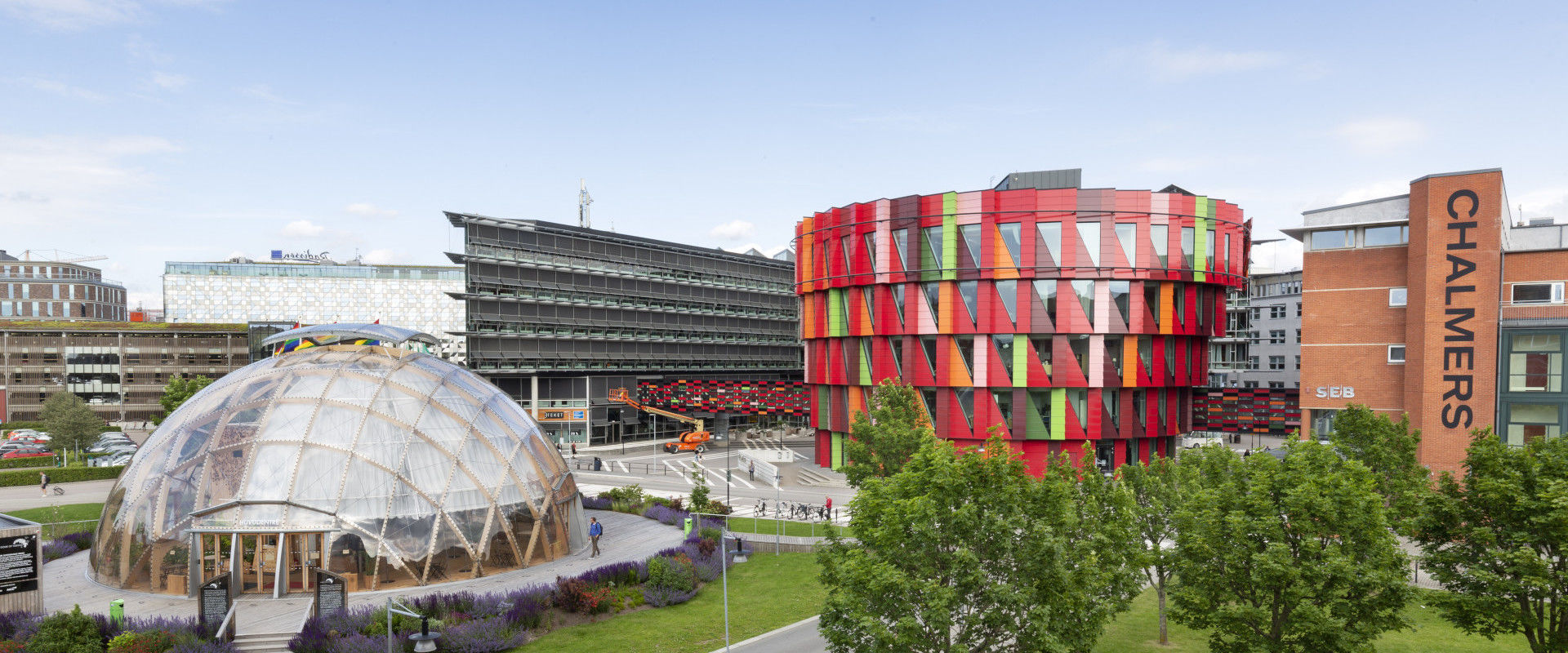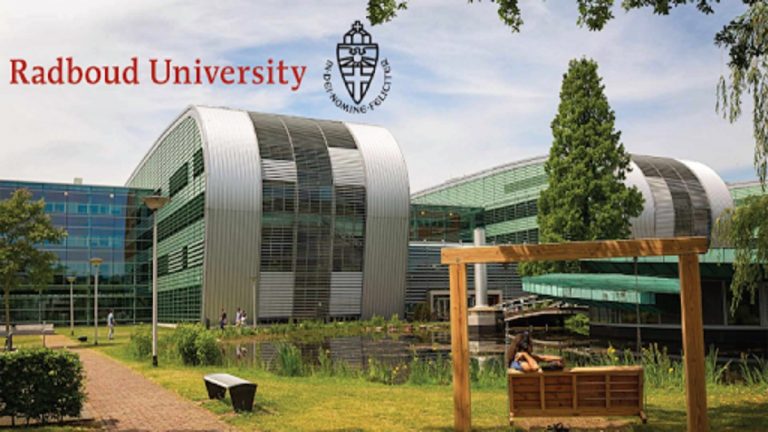
Do you want to perform cutting-edge, needs-driven basic research on phosphors for next-generation light-emitting diodes, studied using advanced techniques at international large-scale photon facilities. Then apply for this postdoctoral position!
Information about the research
Lighting stands for 16.5% of the world’s electricity consumption. Novel and energy efficient lighting is therefore needed to reduce the impact on the environment originating from this enormous energy consumption. Phosphor-converted white light emitting diodes (LEDs) based on a blue LED coated with yellow and red phosphors, or a near ultraviolet LED coated with red, green, and blue phosphors have become mainstream for many lighting applications. Commercially used LED phosphors contain rare-earth elements, but since rare-earth elements belong to the EU critical raw materials, new lighting solutions are urgently needed.
Lead (Pb) based halide perovskites are currently attracting large interest as LED phosphors free from rare-earth elements, but the toxic lead is a big problem for applications. The search for lead-free variants has recently led to the discovery of luminescence in, so called, halide double perovskites of the type A2BB’X6 (see e.g., J. Luo et al., Nature 563 (2018) 541), which, besides being composed of abundant and safe elements, show broadband (white) luminescence. This latter feature is a very rare and attractive property for applications in LEDs, since it allows creating white LEDs based on a single phosphor. However, a strong reduction of the emission intensity upon increasing temperature, known as thermal quenching of luminescence, hinders the development of a white LED technology based on these materials.
Developing thermally stable halide double perovskites depends on a mechanistic understanding of the light emission, but this is lacking. This project seeks to contribute to this knowledge gap, by unravelling the mechanism of thermal quenching of luminescence in halide double perovskites. The acquired new basic understanding will not only be of considerable fundamental interest but will be used as feedback into materials synthesis programs in order to develop new halide double perovskite phosphors with improved properties. Ultimately, the actual performance of these new phosphors will be evaluated in white LED prototypes that will be developed throughout the project.
The project is mainly experimental in nature and focuses on advanced materials characterization at large-scale photon facilities around the world, and the Extreme Light Infrastructure in Prague, Czech Republic, in particular.
Major responsibilities
The project will be conducted within the research group of Prof. Maths Karlsson at the Department of Chemistry and Chemical Engineering, at Chalmers University of Technology, Sweden. The group focuses on studies of various fundamental aspects of structure and dynamics in functional – mostly energy relevant – materials, such as luminescent materials and ionic conductors, with a view towards their application in various technological devices (e.g., light emitting diodes, solid oxide fuel cells, batteries, and solar cells). A unifying theme in almost every aspect of this research is the goal to develop a detailed understanding of the coupling of the materials’ functional properties to their atomic-scale structure and dynamics. The primary tools to this end involve the use and development of a broad range of neutron and photon scattering techniques, vibrational spectroscopy, and optical techniques, often complemented with computer modelling by collaborating research groups.
The tasks in this postdoctoral project focus on the characterization of the structural, dynamical, and optical properties of metal halide perovskites and related LED phosphor materials using techniques at international large-scale photon facilities. In particular the project will make use of the latest instrumentation for time-resolved spectroscopy and diffraction at the Extreme Light Infrastructure in Prague, Czech Republic. This includes, for example, the commissioning and usage of a new, unique cryostat, for the simultaneous measurement of structure and luminescence. In parallel, the postdoc will investigate the luminescence properties of the targeted materials, using optical techniques at Chalmers University of Technology.
For further information about the group, please see https://www.chalmers.se/en/Staff/Pages/Maths-Karlsson.aspx
Qualifications
We are looking for a highly motivated person with a background in materials physics and experiments at large-scale photon facilities, such as synchrotron radiation facilities, large-scale laser labs, or free-electron lasers. Hence, experience of writing beamtime proposals is a must. A background in research on metal halide perovskites and/or inorganic phosphors is highly desirable, but not a must. Expertise in inorganic materials synthesis and/or in first-principles calculations of relevance for the research project is an asset.
Applicants must hold (or finish withing the next 4-5 months) a PhD in Physics, Materials Science, or a related discipline. The degree should not be older than three years.
Excellent skills in English are required.
Contract terms
The position is for two years and will support science programs funded by the Swedish Research Council, Olle Engkvist Stiftelse, and Bertil & Britt Svenssions Stiftelse för Belysningsteknik. The position may be extended up to three years.
We offerChalmers offers a cultivating and inspiring working environment in the coastal city of Gothenburg.
Read more about working at Chalmers and our benefits for employees.
Chalmers aims to actively improve our gender balance. We work broadly with equality projects, for example the GENIE Initiative on gender equality for excellence. Equality and diversity are substantial foundations in all activities at Chalmers.
Application procedure
The application should be marked with Ref 20220592 and written in English. The application should be sent electronically and be attached as PDF-files, as below. Maximum size for each file is 40 MB. Please note that the system does not support Zip files.
CV: (Please name the document as: CV, Surname, Ref. number) including:
• CV, include complete list of publications
• three references that we can contact.
Personal letter: (Please name the document as: Personal letter, Family name, Ref. number)
1-3 pages where you:• Introduce yourself and describe your motivation for applying to the position (max 1 page)• Describe your previous research fields and main research results
Other documents:
• Attested copies of completed education, grades and other certificates.
Use the button at the foot of the page to reach the application form.
Application deadline: June 18th, 2022
For questions, please contact:
Maths Karlsson, Department of Chemistry and Chemical Engineering, Chalmers
E-mail: maths.karlsson@chalmers.se
Phone: +46 31 772 6770
*** Chalmers declines to consider all offers of further announcement publishing or other types of support for the recruiting process in connection with this position. ***
Chalmers University of Technology conducts research and education in engineering sciences, architecture, technology-related mathematical sciences, natural and nautical sciences, working in close collaboration with industry and society. The strategy for scientific excellence focuses on our six Areas of Advance; Energy, Health Engineering, Information and Communication Technology, Materials Science, Production and Transport. The aim is to make an active contribution to a sustainable future using the basic sciences as a foundation and innovation and entrepreneurship as the central driving forces. Chalmers has around 11,000 students and 3,000 employees. New knowledge and improved technology have characterised Chalmers since its foundation in 1829, completely in accordance with the will of William Chalmers and his motto: Avancez!
URL to this page
https://www.chalmers.se/en/about-chalmers/work-with-us/vacancies/?rmpage=job&rmjob=11098&rmlang=UK





